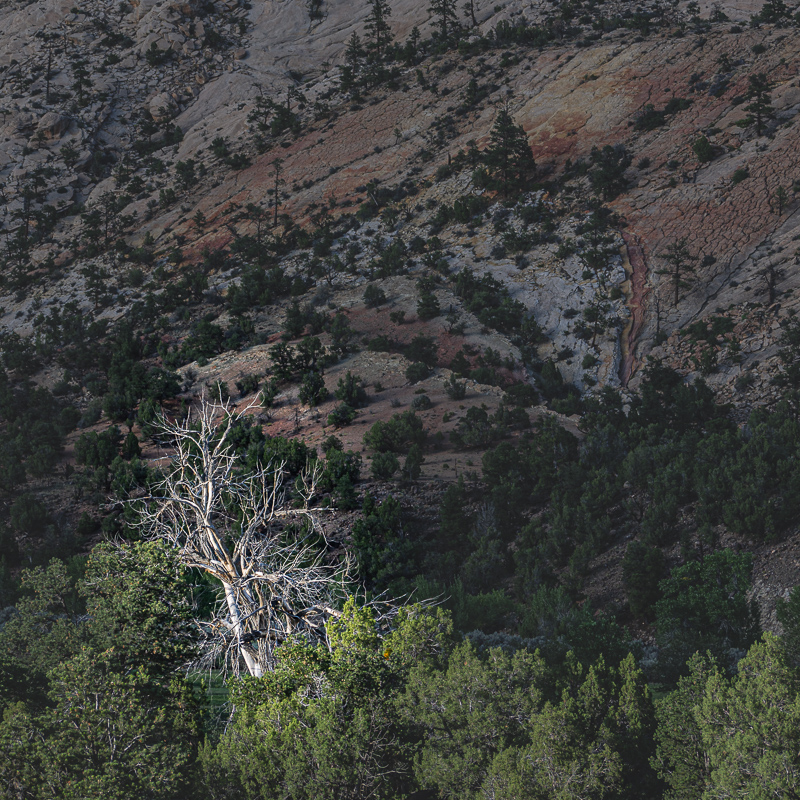Every Picture Is a Compromise
Lessons from the Also-rans
Most photography websites show the photographer's very best work. Wonderful. But that's not the full story of a creative life. If we want to learn, we'd better pay attention to the images that aren't "greatest hits" and see what lessons they have to offer. Every picture is a compromise — the sum of its parts, optical, technical, visual, emotional, and even cosmic – well, maybe not cosmic, but sometimes spiritual. Success on all fronts is rare. It's ok to learn from those that are not our best.
This is a series about my also-rans, some of which I've been able to improve at bit (i.e., "best effort"), none of which I would consider my best. With each there are lessons worth sharing, so I will.

Previous image | Next image |
Original digital capture

Composition via Isolation
Many photographers think geometrically about composition — for example, rule of thirds or leading lines. One of the most powerful compositional ideas is isolation. A common strategy is to use light to isolate a portion of the image against a background. Sometimes this is known as "layering." This week includes examples of this powerful compositional tool.
What I saw that I liked:
Southern Utah. Beautiful colored rock, but when the sun lit up the white branches of the tree, I knew this one would be special.
What I don't like in the picture:
The white tree is white, but it gets lost against all the other elements in the image, particularly the colored stone.
What I learned:
Here again, darkening the shadows and lifting the whites of the tree increases the contrast between the lights and the darks. Cropping a little off the top also removes some of the competing details. Isolating the tree in the light makes it the unmistakable center of attention. |
|


